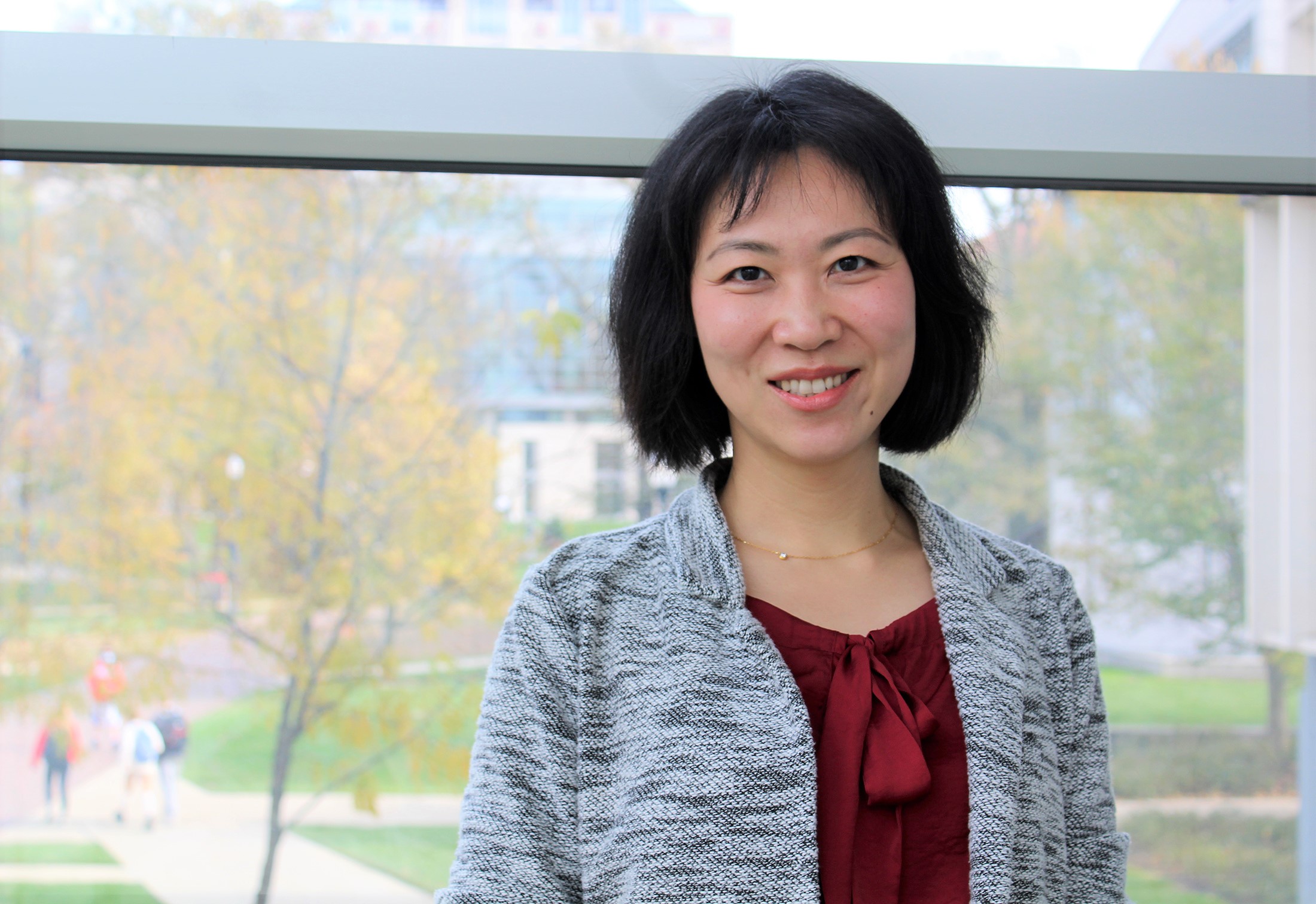Those patients may miss out on important tests, study finds

Rural Americans suffering from early-onset Alzheimer’s are less likely than city dwellers to be seen by specialists and receive tests that can benefit both them and their families, recent College of Public Health research has found.
While a majority of Alzheimer’s patients are over age 65, about 6% have early onset between ages 30 and 65 years old and typically experience a more aggressive, fast-moving cognitive decline. The Ohio State University study found that rural patients were more commonly seen exclusively by a primary care provider and were less likely to see a clinical psychologist. They were also less likely to undergo neuropsychological testing that helps doctors diagnose the condition, manage symptoms and monitor disease progression.
When dementia hits at a young age, receiving timely specialty care can assist early-onset patients and families as they plan for the future and make decisions about work, living arrangements and other matters, said lead author Wendy Yi Xu of Ohio State’s College of Public Health. 
The research is the first to examine these disparities and appeared in JAMA Network Open. The researchers looked at commercial health care claims data from 8,430 patients who were newly diagnosed with early-onset Alzheimer’s or related dementia.
“Specialty care, including neuropsychological assessments, are pretty critical for people with dementia to get an accurate diagnosis and set a symptom management plan,” Xu said. “These are advanced, complex tests that most primary care physicians are not trained to perform.”
The tests are designed to identify possible causes of changes in cognitive function and play a major role in the diagnosis and management of dementia. The evaluations include assessing cognition, sensory perception, language abilities, abstract reasoning and other aspects of learning and understanding and are typically performed by neuropsychologists.
While treatment options are fairly limited and there is no cure for Alzheimer’s, careful monitoring of its progression can empower patients and caregivers by giving them data to help guide decisions such as whether to continue to work, or for how long, Xu said, noting that many people are in the workforce and supporting their families when they receive the diagnosis. Appropriate specialty care can also be highly important to manage behavioral and psychological symptoms of dementia, extending patients’ time at home and in the community.
“These people are young – in their 50s and early 60s – and many are still the major family caregivers to older family members and children. They’re still working, paying mortgages and living active lives,” she said.
“If you’re able to diagnose it early enough, the patients and the family members can prepare, make financial arrangements, plan important events and seek the support they need, which can improve the quality of life for all involved.”
Relying solely on primary care physicians and nurse practitioners who don’t have specialized training puts rural patients at a disadvantage and overburdens the providers – many of whom are already stretched thin in areas with inadequate health care infrastructure, Xu said.
With diagnoses of early-onset Alzheimer’s on the rise, “community health care leaders and policymakers must explore innovative solutions to deliver needed specialty care to early-onset patients,” Xu and her co-authors wrote.
Among the solutions Xu sees: increasing the use of telehealth visits with specialists, providing additional dementia training to primary care providers and increasing the availability of regular specialist consultations for primary care providers.
Study co-authors include Sheldon Retchin and Yiting Li of Ohio State, Jeah Jung of George Mason University and Soumyadipta Roy of Pennsylvania State University.









